The Best Indoor Plants for Air Purification D-G
Because there are so many useful air-purifying plants I will create several blogs, to cover all that I have researched. Here we have the second section in botanical order D-G
Clean air – National Aeronautics and Space Administration (NASA) carried out a study into Clean Air filtering plants and found that certain plants are capable of filtering pollutants such as:
- Benzene (found in varnishes, detergents, rubber, paints, plastics, inks, oils, detergents, dyes, gasoline, and floor finishes)
- Trichloroethylene (found in printing inks, varnishes, adhesives, and lacquer)
- Formaldehyde (found in paper towels, facial tissues, tobacco smoke, gas stoves, adhesive binders in floor coverings, carpet backing, and grocery bags)
- Ammonia (found in cleaning products)
- Toluene (found in stain removers, oils, paints, paint thinner, paint brush cleaner, nail polish, and inks)
- Carbon monoxide (found in the vehicle, fireplace, stove, and furnace fumes)
- Styrene (found in carpet backing, fiberglass, packaging, home insulation, wiring insulation, and drinking cups)
Here is the link if you want to read more about this https://ntrs.nasa.gov/citations/19930073077
Remember no plant is naturally a house plant, but we enjoy bringing natures beauty indoors.
Let’s appreciate how some of those chosen can improve our indoor environment.
.
Dieffenbachia - Dumb canes
- The Dieffenbachia has oval leaves with attractive markings. Deep green at the edges.
- Lush and showy and ideal for creating a tropical look.
- These leaves remove toxins from the air.
Care advice: Dieffenbachias like regular water, they do not like to dry out, but make sure you don't overwater them.
.
.
Dracaena - still often called Sansevieria – Snake plants – Mother-in-law’s-tongue.
This low-maintenance plant is perfect for the person new to growing indoor plants, who is also interested in boosting their indoor air quality.
- Snake plants are unique for their nighttime oxygen production, and ability to purify air through the removal of benzene, formaldehyde, trichloroethylene, xylene, and toluene.
- In addition to purifying the air, a Dracaena will also apparently improve attention span and boost memory—making it perfect for your home office.
- If you want dramatic plants that can be left for ages between waterings then Snake plants fit the bill.
- These easy-care plants come in a large variety of shapes and sizes. The foliage comes in a range of patterns.
- These filter toxins including:
- Benzene
- benzene
- formaldehyde
- trichloroethylene
- xylene
Care advice: These can be grown in a vast range of lighting situations. Take care with watering, with these less is the best.
Some varieties are low growers and others can grow to be very tall so consider the space that you want them to grow in.
Best Placement: The Bedroom
Purchase here
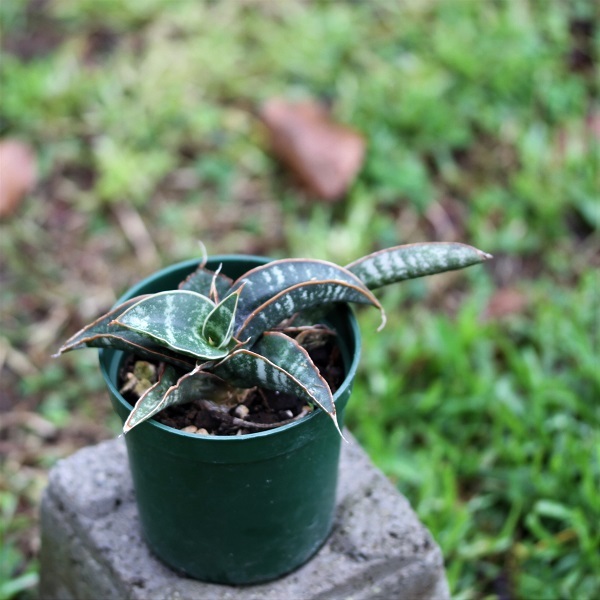
.
Epipremnum - Pothos – Devil’s Ivy, golden pothos
- These have large, waxy leaves.
- Perfect for keeping the air in your home clean.
- This leafy vined plant is one of the easiest plants to keep alive.
- This is an excellent plant to consider as it grows well in most light conditions.
- Despite the benefit of its high purification rate, this plant is toxic to cats, dogs, and small children, if its leaves are ingested.
- This has been featured by NASA, for its ability to remove chemicals and other pollutants from the air, specifically benzene, formaldehyde, xylene, and toluene.
- toluene
- formaldehyde
- xylene
- trichloroethylene
- benzene
Care advice: While the Pothos will thrive anywhere, they prefer the brighter spots in the home. They also love moisture, so make brilliant bathroom plants. Water weekly or whenever the soil feels dry.
Best Placement: Any room but keep out of reach of pets or small children.
Purchase here
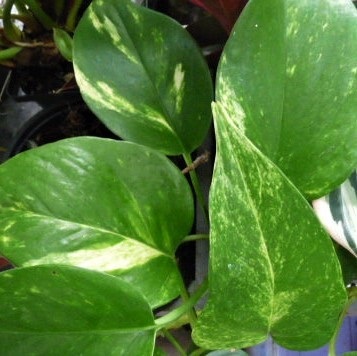
.
.
Ferns – including Boston, Maidenhair, or Queen Fern
I grow my ferns outside, on my West facing, shade-sail-covered deck. Here I never have to water them because they get sufficient from the rain dripping onto them.
I know lots of people prefer to grow them indoors and this can be done successfully.
- Bright green foliage with gently swaying leaves is what makes ferns so popular.
- Ferns filter toxins including:
- xylene
- formaldehyde
- toluene
- benzene
Care Advice: Ferns generally prefer indirect or very little light at all. They like to be well watered and never allowed to dry out completely.
Link
Mealy and scale are common pests with ferns, especially down in the new growth areas.
Purchase here
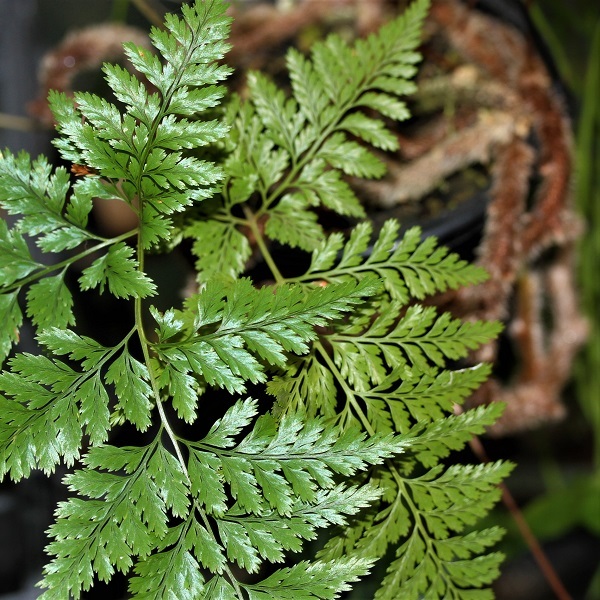
.
.
Ficus - Numerous varieties again including Rubber plants, weeping fig
Popular houseplants since Victorian times.
- Ficus can help to tackle levels of formaldehyde, xylene, and toluene.
- A rubber plant’s large leaves can absorb airborne chemicals and break them down, rendering them harmless.
- They absorb exhaled carbon dioxide and convert it to breathable oxygen.
- Rubber plants also eliminate bacteria and mold spores in the air.
- Ficus plants are known to be hardy and low-maintenance houseplants.
- Very popular due to their striking looks
- A natural humidifier, a previous by NASA, recommends Ficus as one of the best for cleansing the air.
- It's worth knowing that it's toxic to dogs and cats, so be extra careful if you have one close to your pets.
- Ficus filter toxins including:
- benzene
- formaldehyde
- trichloroethylene
Care advice: Generally easy to care for. Some varieties do require bright indirect light, while others are happy with even lower levels of light.
They do not like drafts.
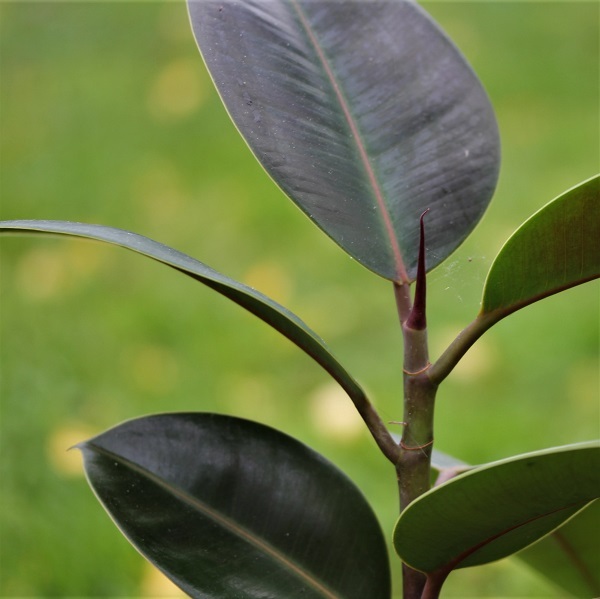
.
Gerbera
This is another plant that is often sold as an indoor plant, but I grow mine outside.
- This flowering plant produces one of the prettiest flowers, and it is also a powerful air purifier.
- However, Gerbera is also distinct in its ability to produce high levels of oxygen at night while removing harmful chemicals, such as benzene and trichloroethylene.
- Beneficial for those suffering from sleep apnea and breathing disorders, keep this one on the nightstand for better sleep.
- Gerbera filter toxins including:
- Benzene
- Formaldehyde
- trichloroethylene
Care Advice: Gerbera requires bright sunlight during the summer, spring, and fall, then indirect light during the winter. It needs to be watered often.
Best Placement: The Bedroom
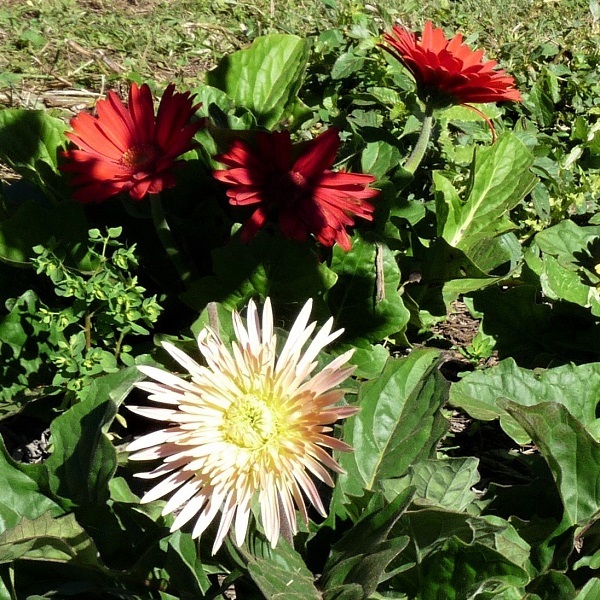
Last selection coming soon.
Please read my other Blogs if you haven't already.
Posted: Tuesday 27 June 2023
Recent Posts
Archive
Tags
| Top |
